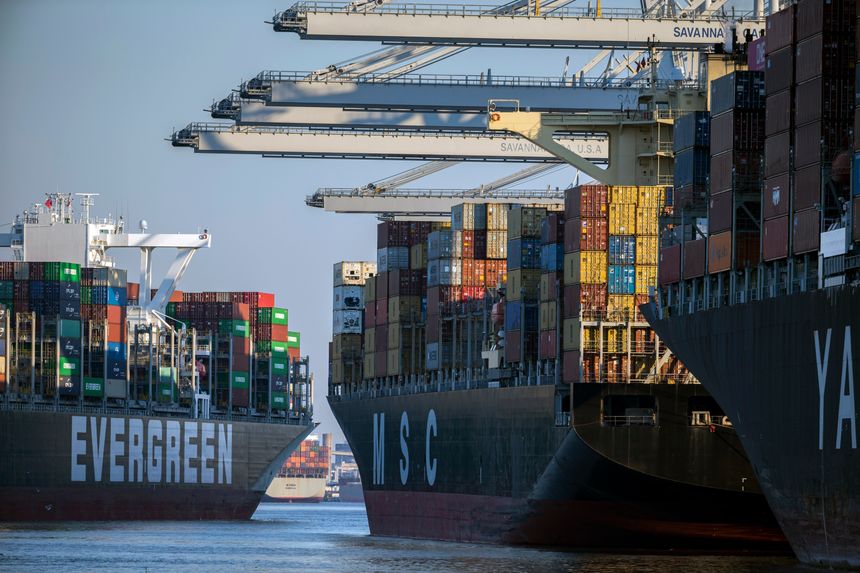
image via wsj.com
The last two years featured supply-chain disruptions, limited shipping capacity and remarkably high container rates. But 2023 will be rather different—and not in a good way, at least from the perspective of the world’s shipping giants.
Container spot rates started to slip in early 2022 and their descent accelerated in the second half of the year. The World Container Index compiled by London-based Drewry Shipping Consultants is down 77% so far this year. And it may slide further still—signaling the end of a record earnings run for shippers. Rates are now not far above prepandemic levels.
A price war among shipping companies is looking more likely next year: Slowing growth amid high inflation and interest rates in the U.S. and an energy crisis in Europe may culminate in recession. And the demand cliff comes as the shipping industry is also preparing for a massive delivery of new vessels.
Drewry expects 2023 will witness the largest ever addition of new ship capacity—about 2.5 million twenty-foot equivalent units (TEU), unless some deliveries are deferred. Shipping companies will struggle to manage a simultaneous decline in global trade and a surge in ship supply unless they can form alliances to curtail sailings, sell excess capacity and convince clients to sign on to long-term contracts.
Barclays analyst Alexia Dogani believes shipping rates won’t stabilize until the global economy improves, the current destocking cycle ends, and postpandemic consumer behavior returns to normal.
Until then, shipping companies will have to negotiate hard with clients and argue for the continuing value of long-term contracts. They still have some good arguments: among them, the unpredictable consequences of China’s reopening and the possibility of further disruptions related to the war in Ukraine or other geopolitical hot spots like Taiwan.
However, negotiations aren’t going to be easy. As spot rates have come down, contract rates are expected to follow. Christian Roeloffs, chief executive at Container xChange, an online platform for container logistics, thinks freight forwarders will be able to go window shopping quite a lot in 2023—especially in the early parts of the year.
Investors in Danish shipping giant A.P. Moller-Maersk probably know this. Shares of the company, which handles about a fifth of the world’s container shipping, have slipped 32% this year, underperforming Copenhagen’s benchmark index by a huge margin.
Shipping companies can expect stormier waters in 2023. Ongoing geopolitical uncertainties still give them some leverage with clients, but there is little doubt the boom times are over for now.
Source: The Wall Street Journal December 31, 2022 By Megha Mandavia